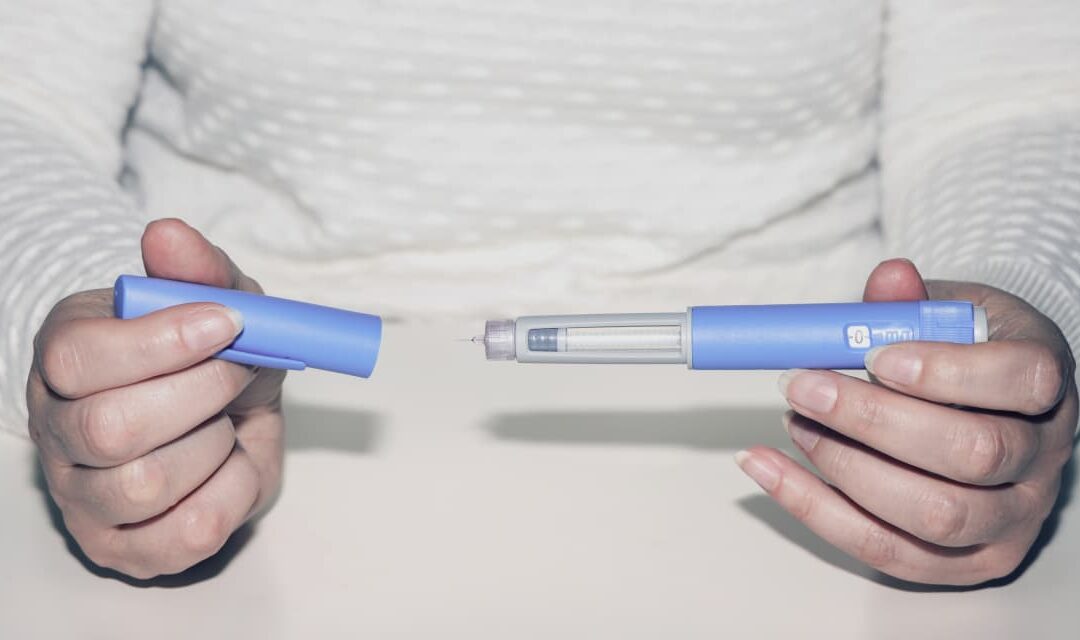Call it WeightWatchers
WW,
with a side of Ozempic.
The weight-loss platform is launching a new plan, the WeightWatchers GLP-1 Program, for those who are obese or overweight and taking any of the increasingly popular injectable drugs that help with curbing hunger, such as Ozempic, Wegovy and Saxenda. Such drugs are known as GLP-1 medications because they mimic a gut hormone known as GLP-1, which can reduce appetite. The recently approved Zepbound is in a somewhat similar class, but also affects another gut hormone called GIP.
The new GLP-1 program will be run under the umbrella of what the company is calling the WeightWatchers Clinic. Access to the clinic costs $99 a month, but that doesn’t include the price of the medications. Participants can choose to purchase the drugs through the clinic or through a pharmacy of their choice, according to a WeightWatchers spokesperson. The clinic will also sell the appetite-reducing drugs to those who aren’t part of the program.
The announcement of the new program comes following the news that Oprah Winfrey, who serves on the board of WW International, the WeightWatchers parent company, is taking a weight-loss drug herself as part of a broader effort to shed some pounds. As she told Entertainment Tonight of her strategy, “It’s not one thing. It’s everything.”
The GLP-1 program’s launch also comes months after WeightWatchers acquired Sequence, a prescriber of the GLP-1 drugs, for $106 million. The WeightWatchers spokesperson said that the WeightWatchers Clinic essentially completes the integration of Sequence into its platform.
The $99 monthly cost to access the WeightWatchers Clinic and participate in the GLP-1 program is considerably more expensive than the standard WeightWatchers membership, which has a baseline price of $23 a month. WeightWatchers said the GLP-1 program is focused on addressing the specific needs of those on the medications, including ensuring adequate nutrition and hydration. It also will offer support and tips through what the company calls “a community of people on a similar journey.”
“What we’ve seen is that people taking GLP-1 medications need help with a different set of behavioral challenges in comparison to people not on these medications,” said Gary Foster, chief scientific officer of WeightWatchers, in a statement.
It’s been reported that WeightWatchers has faced challenges in terms of declining membership as the GLP-1 drugs have increased in popularity — and it’s likely because those looking to lose weight may see less need for the platform due to the medications’ effectiveness. The Wall Street Journal noted in April that the company’s subscriber base has dropped from five million a few years ago to 3.5 million.
WeightWatchers’ stock price has also tumbled in recent years — from a high just above $100 five years ago to a closing price of $7.37 on Dec. 13.
In November, the company posted third-quarter net income of $43.7 million, or 54 cents a share, after a loss of $206 million, or $2.93 a share, in the prior-year period. Revenue dropped 14% to $214.9 million. Analysts polled by FactSet expected WW to report earnings of 13 cents a share on sales of $222 million. The company said full-year revenue was expected to come in at the low end of guidance.
When WeightWatchers acquired Sequence, Goldman Sachs
GS,
analyst Jason English said it could help the company in targeting lapsed users.
There is a “cohort of consumers who have historically been overweight or obese, [and] have demonstrated a willingness to pay for help,” English wrote.








